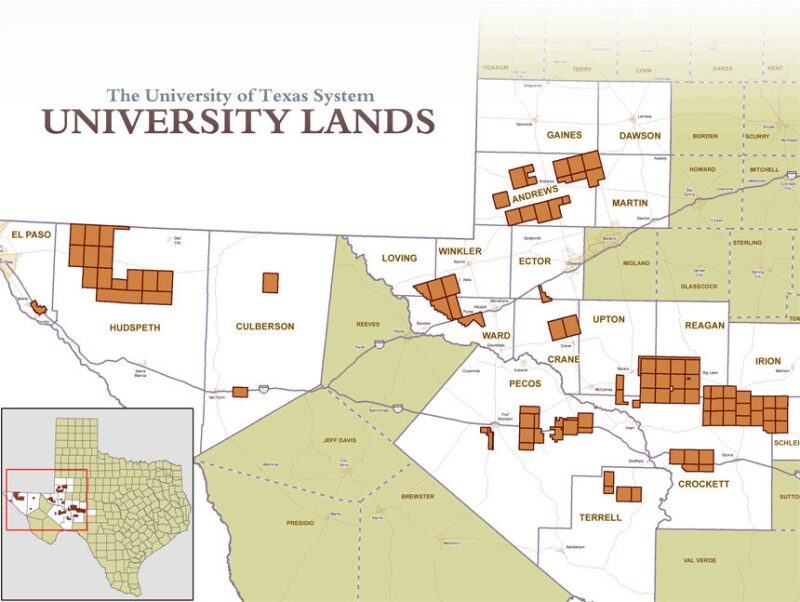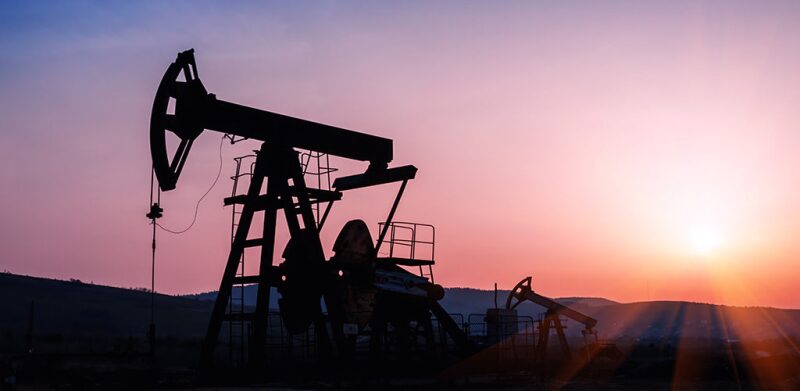For all of the upstream activity going on in the Permian Basin of Texas, it can be difficult to assess which horizontal well strategies are working best and why. The primary reason is operators in Texas are not required to share as much detailed drilling and completion information as they are in other major oil producing states such as North Dakota, home to one of the shale sector’s most revered public databases.
But with the recent formation of the Texas Oil and Gas Institute (TOGI), it is expected that the Permian will soon become a much more well understood shale play. TOGI was established in 2015 by the regents of the University of Texas (UT) system, which manages oil and gas mineral rights across 2 million acres of land in west Texas.
A non-profit organization, TOGI describes its mission as one focused on improving the value of the university lands for the benefit of both the UT system and the Texas A&M University system—a co-beneficiary of the lands program.
Known as University Lands, these non-contiguous areas were granted to the two universities through a series of legislative acts that began in 1839, 6 years before Texas would go from an independent republic to the 28th US state. Today, there are more than 280 companies that operate 9,600 wells on this land, the largest of them being Pioneer Resources, Apache Corporation, and Devon Energy. Output from the fields within University Lands is about 42,000 BOE/D.
One objective for TOGI is to help develop undergrad and graduate students into skilled petroleum engineers and geoscientists. However, if all goes to plan, the learnings that TOGI generates will also help boost daily production and long-term recoveries, placing more revenue into the University Land endowment—which collected USD 850 million in oil and gas royalties last year.

At the helm of this new of this new organization is Chief Executive Officer Jeff Spath, the 2014 SPE President and former executive advisor at Schlumberger. Speaking at the SPE Hydraulic Fracturing Technology Conference that concluded Wednesday in The Woodlands, Texas, Spath explained that TOGI has a unique position when it comes visibility of the oil field.
State law requires that operators working on University Lands share their well information with it. Because TOGI is a University Lands program, Spath said it has the “intimate” geologic and local surface data usually only held by operators along with the regional but less detailed data generally held only by consultants and service companies.
“We think of ourselves as that cross-section where we have access to all university lands’ operators and the fundamental, detailed geologic knowledge of the subsurface,” which will be used to identify which drilling and hydraulic fracturing trends are the ones to follow, he said.
While not all the data TOGI has access to is allowed to be shared publicly, such as proprietary seismic data, Spath said his long-time participation with SPE has inspired him to ensure that the program “publishes everything that is publishable” in industry technical papers.

One of the projects TOGI is already working on involves identifying how the proper sequencing of different artificial lift systems optimizes recovery. This is an area shale producers have struggled with because there are many uncertainties regarding which type of lift system to use, and when, on a well after its natural flow period is over.
“There are a lot of operators in the Permian who just use heuristic methods of choosing [artificial lift systems] which is a fancy way of saying ‘We’re doing it this way because we’ve always done it this way,’” he said. “Maybe that’s good and maybe that’s bad, but now we’re adding science.”
Other projects are looking at well spacing, cluster spacing, proppant performance, fracturing fluid systems, and overall completion design optimization. Spath wanted to differentiate TOGI from other academic programs, emphasizing that its studies will not take years to complete. The idea is to deliver projects on a commercial time frame and, to help it do that, TOGI is focusing its initial analysis efforts on only 2,100 wells—all long-horizontals that were completed since the beginning of 2010.
The groundwork is being laid by UT and A&M student interns who are building and analyzing databases that will be used in future projects. TOGI will be using machine learning and other data analytics technologies to accelerate these efforts. And when the time comes to begin simulating all the data and run sophisticated models, TOGI will have access to what is the world’s 6th most powerful supercomputer located on the campus of the University of Texas at Austin.
“We’re not there yet,” Spath said. “But there will be a day when we get enough data and enough understanding of the subsurface that we will integrate geological models with petrophysical models with geomechanical models and we’re going to require this supercomputer.”


